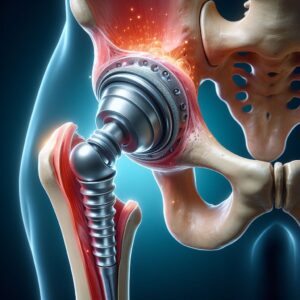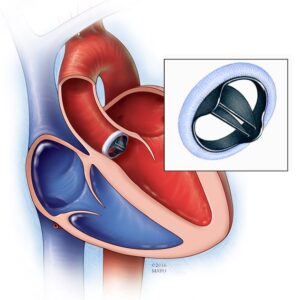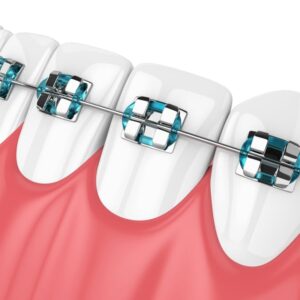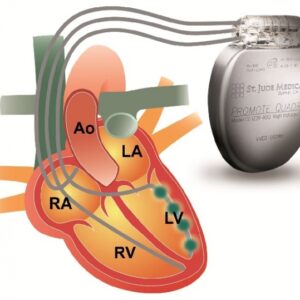Description
Familiarity with Treatment
Immediate Load Dental Implants, also known as early or immediate loading, involve the placement of dental implants and the attachment of a temporary or permanent prosthesis shortly after the implant surgery. This approach aims to reduce the overall treatment time and provide immediate restoration of function and aesthetics.
Who is it Suitable for?
Immediate Load Dental Implants are suitable for individuals who require tooth replacement and desire a quicker restoration of function and appearance. This approach may be suitable for patients with good oral health, sufficient bone density, and proper healing capacity. However, careful patient screening and selection are required to determine the suitability of immediate load dental implants for each individual case.
Who is it Not Suitable for?
Immediate Load Dental Implants may not be suitable for individuals with certain medical conditions or habits that can impair healing, such as uncontrolled diabetes, heavy smoking, or alcohol abuse. Additionally, individuals with insufficient bone density or compromised healing capacity may not be suitable candidates for this procedure.
Advantages
- Fewer surgical interventions and reduced overall treatment time.
- Psychological satisfaction to the patient due to immediate restoration of function and aesthetics.
- Reduction in soft and hard tissue loss compared to traditional implant procedures.
Complications
- Infections: As with any surgical procedure, there is a risk of postoperative infections.
- Implant Failure: While dental implant success rates are generally high, there is a small risk of implant failure, especially in cases of immediate loading.
- Nerve and Tissue Damage: In rare cases, nerve damage or tissue damage may occur during the implant placement procedure.
Preoperative Care
Before undergoing immediate load dental implant placement, a comprehensive evaluation is performed by a dental professional. This may include a review of the patient’s medical history, dental examination, and imaging techniques (such as X-rays or CT scans) to assess the bone density and overall oral health. Careful patient screening and selection are crucial when considering immediate load dental implants.
Postoperative Care
After immediate load dental implant placement, postoperative care may involve managing pain and discomfort, as well as following specific instructions provided by the dental professional. This may include taking prescribed medications, practicing good oral hygiene, and attending follow-up appointments to monitor the healing process. Patients should be instructed on reduced functional capability and soft dieting during the initial postoperative period to decrease the risk of overload and ensure the success of the implants.






Reviews
There are no reviews yet.